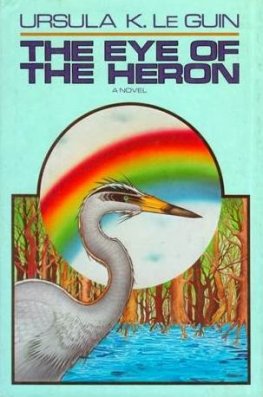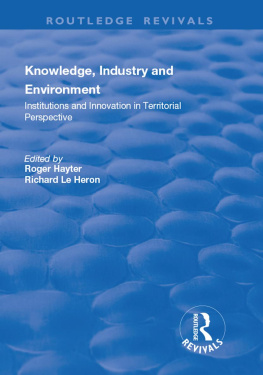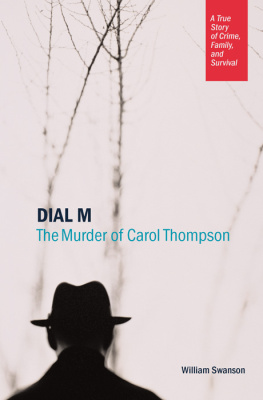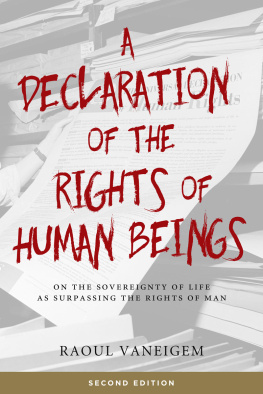First published 1996 by B. T. Batsford Ltd
Reprinted 1997, 1999, 2002 (twice)
by Routledge
2 Park Square, Milton Park, Abingdon, Oxon OX 14 4RN
711 Third Avenue, New York NY 10017
Routledge is an imprint of the Taylor & Francis Group an informa business
1996 John Hunter, Charlotte Roberts, Anthony Martin
All rights reserved. No part of this book may be reprinted or reproduced or utilised in any form or by any electronic, mechanical, or other means, now known or hereafter invented, including photocopying and recording, or in any information storage or retrieval system, without permission in writing from the publishers.
British Library Cataloguing in Publication Data
A catalogue record for this book is available from the British Library
Library of Congress Cataloging in Publication Data
A catalogue record for this book is available from the Library of Congress
ISBN 10: 0-415-16612-8
ISBN 13: 978-0-415-16612-6
Contents
Acknowledgements
The authors and contributors would like to express their gratitude to the following for their support, encouragement, advice, guidance or general assistance in the writing, production and illustrating of this book: Arnold Aspinall, Berthe Kjlbe-Biddle, Graeme Bickerdyke, Jean Brown, Paul Cheetham, Chris Chippendale, John Crummett, Sharon Dale, Malcolm Fletcher, Eric Roberts, Ansel Dunham, John Gater, Mike Green, Dave Lucy, Tim Grogan, Gerry Handcock, Raymond Petre, Sue Phillips, Tony Ridley, Brian Rankin, Mick Swindells, James Turnbull, Patrick Quinney and Miranda Schofield. Thanks are also due to the many indiividuals and organisations, acknowledged separately in the illustration captions, who kindly allowed us to reproduce their photographs or line drawings.
Chapter one
A background to forensic archaeology
J. R. Hunter
1.1 Archaeology, anthropology and forensic science
Archaeology is beset by a perceptual problem. If pressed, most members of the public will profess interest or even enthusiasm in its practice, but few will have any accurate idea of what archaeology really involves or the nature of the scientific principles which underlie its study. To some extent this irony is understandable: the basic raw materials of archaeology are often uninspiring; archaeological trenches, like those of the gas and water utilities, provide an immediate attraction but thereafter contain little in the way of spectator interest. Visitors to working archaeological sites are often to be disappointed if they expect instant visions into the past walls, buildings, roads or caches of objects abandoned by earlier societies and in some extraordinary way fossilized in time. Instead they see layers of drab earth or soil, perhaps interspersed with spreads of stones; vague differences in colour will indicate where walls or posts once stood, where roads ran, where pits were dug, or the place where fires had burned and food prepared, hundreds or even thousands of years earlier.Each layer of earth will be removed, examined and recorded systematically: its nature and formation will be analysed; its contents artefacts, seeds, pollen, and animal bones sent to specialists; and its position in a sequence of other layers identified for dating. Excavation is in many respects routine, unexciting and clinical; not so much a breathtaking discovery as a slow accumulation of data. With these data the archaeologist produces his or her own interpretation of the past, not just the physical reconstruction of what has been excavated, but a perception of the environment, the economy and the social attitudes of the people who existed within it. Other excavations in other places provide complementary data, and in this way visions of the past are slowly created in the same way that a wall is built, brick by brick.
The nature of the whole exercise has much in common with detection processes used in certain types of criminal investigation; in fact media phrases such as time detectives are deliberately used to apply a known market interest in crime and crime solution to things of a historical and archaeological nature. The word clue is often used in the same way, not for popularizing how archaeologists work, but for placing archaeological method in a context that people can understand. A book explaining archaeology to children even has the title How to be a Detective (Turner, 1991).
Reconstructing the past takes time, and disseminating the results in a way which is informative, interesting and uses the basic evidence in a way which is comprehensible takes skill. Archaeologists have spent almost as much time debating how to do it as in doing it (see Hills, 1993; Parker Pearson, 1993). But as a result archaeological literature has become more popularized and less stuffy, museums have shed their musty Victorian images, and exhibitions and reconstructions have become more sympathetic to the expectations of a public accustomed to theme parks, videos and visitor centres. Whether the perception the public is given is the correct one continues to be argued in archaeological circles.
Buried remains, by their very nature of being hidden and unknown, also tend to generate a contrasting aura of public interest, no less curious, but less scientific in approach and differing in objectives from those of the archaeologist. To many people, things derived from the ground possess a strange aura of the past, of unknown times, peoples and beliefs a perception fed by mass media which have long identified a huge popular market with an appetite for the unknown, the glamorous and the valuable. The same media have also generated images of the archaeologist as an individual, variously as the bearded, bumbling professor, the romantic figure, or the adventurer personified by Indiana Jones. There may be elements of truth in each, but the caricature is (sadly) unreal as much as the obsession with objects is wholly contrived. In these perceptions buried objects are seen as somehow containing an element of mystery because the circumstances which caused them to be made, used and ultimately deposited in the ground are, and will continue to be, unknown. It suits human nature within a predictable, science-based society that this uncertainty should persist. Unfortunately, it is a further irony that the very nature of archaeological work is to understand and to explain; and hence this stands in direct conflict with what many people believe archaeology to be about.
It is also ironic that during the last 30 years, and particularly in the last decade, the way in which archaeology has broadened as a discipline and developed as a field science is remarkable (Hunter and Ralston, 1993). The result is that the perceived gap between what archaeologists actually do and what it is thought they do seems to become increasingly wide. While in the late 1950s and early 1960s archaeology was very much a seasonal activity carried out on a purely research basis by a relatively small number of academics, it rapidly expanded in response to a threat posed by modern development, particularly in ancient towns. By the 1980s, archaeological units and groups had become established in most parts of the country, nearly every county possessed an archaeologist within its planning department, and the discipline achieved a level of professional acceptance within the allied construction and planning professions. This has since been extended to the tourist and leisure industry and, most recently, into private practice as the by-product of new guidelines stemming from central planning directives (DOE, 1990). Somewhere in the order of over two thousand archaeologists now work in Britain, mostly within the planning and development arenas. There are a number of professional networks, for example based on museum, district, or county associations; there is also a professional institute (The Institute of Field Archaeologists) which, among other things, advises on working practices.








